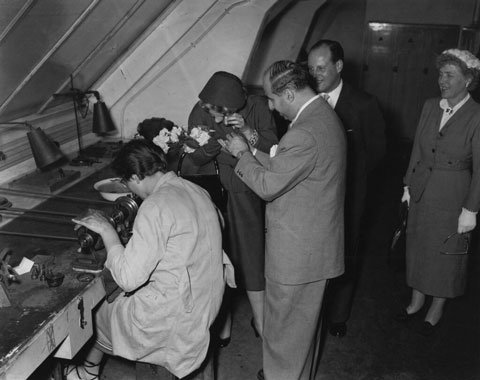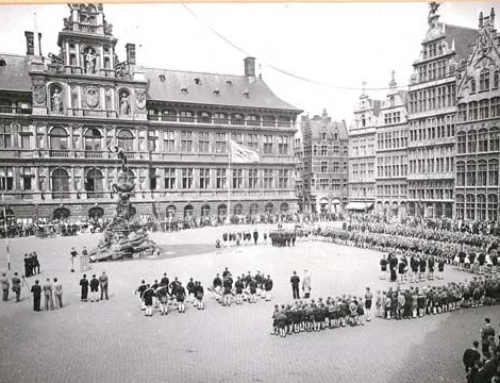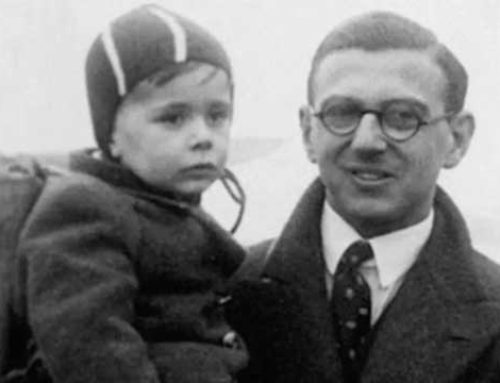Image: Amsterdam Diamond Industry – photo by Ben van Meerendonk
The Portuguese Jews were already known for their good trade contacts when they settled in Amsterdam. They also had such contacts in areas where diamonds were found. This combined with the fact that there was no guild for the diamond cutting industry made it possible for the Jewish population to work in this industry.
The first impetus for this development of the diamond industry in Amsterdam in the Netherlands came when the Brazilian mines were discovered in 1728. However, the quality of these stones was not so high, but Portuguese sailors were also better able to supply stones from India.
Earlier, in 1476, diamond polishing was invented by the Bruges goldsmith Lodewijk van Berquem. Lodewijk settled in Amsterdam and through his knowledge helped with the development of this branch of industry. Initially the industry was carried out as a cottage industry, and this was already done in 1615 by Sephardic diamond polishers. The grinding mills were usually powered by a woman or a servant.
The first larger polishers (in the “Cape time”) came at the Nieuwe Achtergracht. The mills were powered by horses. After 1850 they were gradually replaced by steam engines. In the Cape Period (1870 – 1873) there was such a large influx of rough diamonds that the scale of the domestic industry could no longer meet the demand and the diamonds were from then on processed in diamond polish shops. Until that time ‘the diamond’ was a mainly Jewish industry, but the demand became so great that Christian companies came up as well. In Amsterdam there were about 9000 people working in this industry.
Around 1910 a downward slide started, partly due to the competition from Antwerp. Around Antwerp, the domestic diamond industry resurfaced and production was carried out for very low wages. The First World War, in which Belgium did participate, caused a temporary revival of the Amsterdam industry because production in Belgium became difficult, but the crisis in the twenties and thirties became the downfall for this industry in Amsterdam. In 1935 only 3,000 people were employed in the industry.
In the Second World War there was a revival. The Nazis could put the diamond to good use because of its value stability and marketability. In July 1942, the Jewish diamond workers were threatened with deportation and this industry would be liquidated. The Germans saw this and they selected 500 diamond workers and 300 traders who got a “bis auf Weiteres” a badge and therefore were exempted from deportation for the time being. They remained so until January 1943. Then part of them were deported and in September 1943 they were followed by most of those who stayed behind in Amsterdam. After the war, the Amsterdam diamond industry was only a fraction of what it once was.






